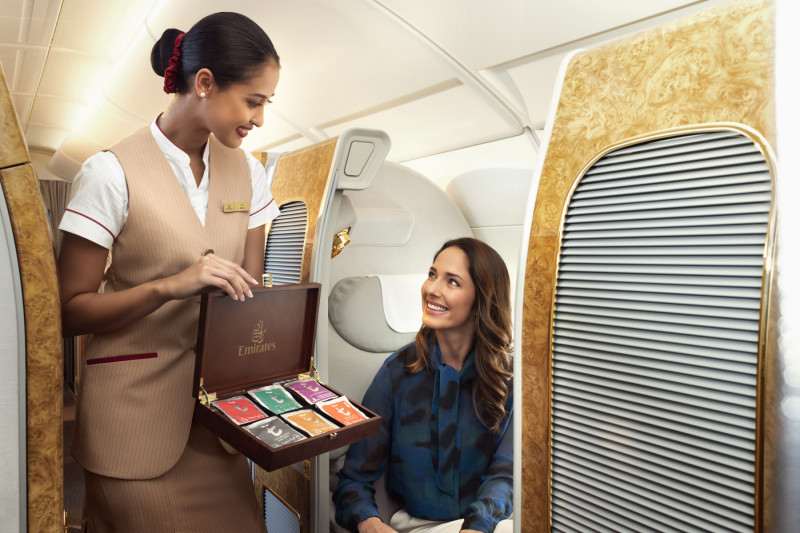As Mexico gears up to welcome the world for the 2026 FIFA World Cup, one of its busiest air hubs Mexico City International Airport (AICM) is undergoing a sweeping renovation aimed at transforming the passenger experience and modernizing its aging infrastructure.
The high-stakes project, spearheaded by Mexico’s Navy Ministry (SEMAR), represents a major investment of 8 billion pesos (approximately US $416 million), fully funded by airport revenue with no reliance on federal funds. The comprehensive overhaul is being executed in two phases and is designed to align with the timeline of the global soccer tournament, which will be jointly hosted by Mexico, the United States, and Canada.
Phase one began on May 17 and is set to wrap up by May 2026 just in time for the influx of international visitors expected in June and July for the World Cup. The second phase will run from August through December of that same year, ensuring continued improvements even after the tournament concludes.
Admiral Juan José Padilla Olmos, director of the Mexico City Airport Group, emphasized the scope and ambition of the project. “The renovation aims to provide comfortable, efficient, modern, and safe facilities that will improve the passenger experience and give the country’s most important airport terminal a unique identity,” SEMAR said in a statement.
Renovation works will be carried out in stages to reduce disruption for travelers. These efforts include replacing walls, ceilings, and floors, preserving the waterproofing of the roof, polishing the floors of the Terminal 2 travel clinic, and restoring the terminal's façade.
The functional upgrades go beyond aesthetics. Key airport systems such as conveyors, escalators, and elevators will be optimized. Aeronautical infrastructure will also see enhancements, with 75 distinct projects and 24 procurement contracts in the pipeline. These cover everything from the runways and control tower to parking areas, electrical substations, and structural reinforcements.
Currently, parts of Terminal 1 specifically concourses 29 to 36 are closed off, temporarily restricting access to the Duty Free corridor. In Terminal 2, renovation is focused on corridors leading to boarding gates.
With construction underway, airport authorities strongly recommend that travelers allow extra time for check-in and security to avoid missing flights. The modernization, while temporary disruptive, promises a long-term boost to capacity and service quality.
AICM won’t be alone in receiving a facelift. Similar upgrades are planned for Toluca International Airport in México state and Cuernavaca International Airport in Morelos. Together, these three facilities will serve as official entry points for teams and fans during the 2026 World Cup, welcoming the world to Mexico with renewed infrastructure and enhanced hospitality.


.jpg)





.jpg)



.jpg)

.jpg)

.jpg)

.jpg)




















.jpg)





.jpg)





.png)
